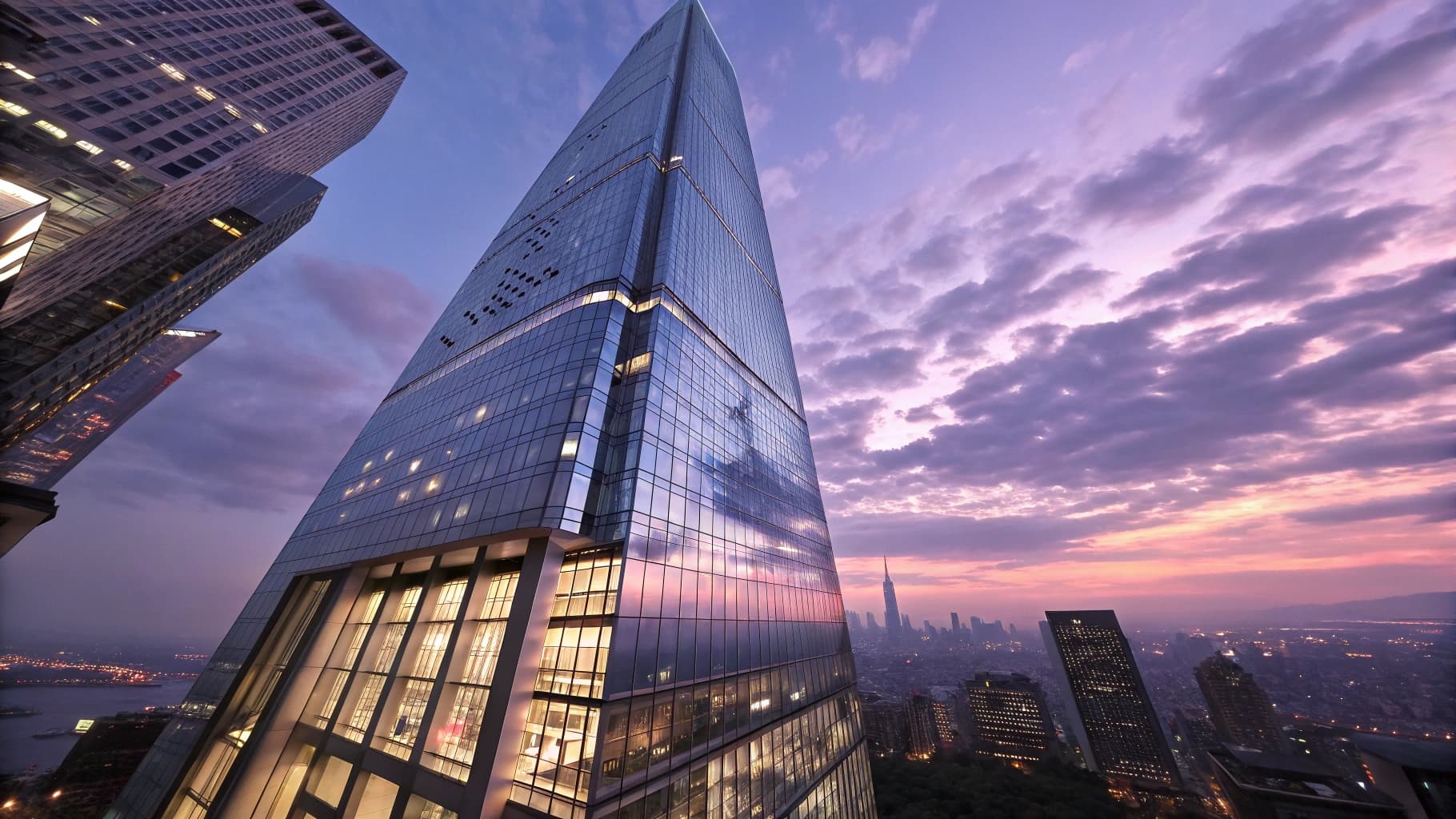Urban living has undergone a remarkable transformation over the decades, evolving from simple, functional spaces to vibrant, multifaceted environments that cater to a diverse range of lifestyles. I often find myself reflecting on how cities have shifted from being mere centers of commerce and industry to becoming dynamic hubs of culture, creativity, and community. In the early 20th century, urban areas were primarily designed for efficiency, with a focus on housing workers close to factories and businesses.
However, as society progressed, so did our understanding of what urban living could entail. The post-war era saw a surge in suburbanization, but as the 21st century approached, there was a renewed interest in urban centers, driven by a desire for convenience, connectivity, and a sense of belonging. As I navigate through the bustling streets of modern cities, I can’t help but notice how urban living has become synonymous with lifestyle choices.
The rise of mixed-use developments has blurred the lines between residential, commercial, and recreational spaces. I see people enjoying coffee in chic cafes, attending art exhibitions in converted warehouses, and participating in community events—all within walking distance of their homes. This evolution reflects a broader cultural shift towards valuing experiences over possessions.
Urban living today is not just about having a roof over one’s head; it’s about being part of a vibrant community that offers endless opportunities for engagement and enrichment.
The Appeal of High-End Urban Living
The Allure of Luxury Residences
The appeal lies in the seamless blend of convenience and opulence that these residences offer. With their prime locations in bustling city centers, high-end living spaces provide easy access to cultural landmarks, gourmet dining, and exclusive shopping experiences. For me, the idea of stepping out my front door and being immersed in the vibrancy of city life is incredibly enticing.
Exclusivity and Prestige
I’ve observed that many luxury developments are designed with attention to detail, featuring high-quality materials and cutting-edge design. This aesthetic appeal is complemented by the promise of privacy and security, which are paramount for those who can afford such lifestyles. The sense of belonging to an elite community adds another layer of attraction; it’s not just about the physical space but also about the social status that comes with it.
A Statement of Identity and Aspiration
In this way, high-end urban living becomes a statement of identity and aspiration.
Luxury Amenities and Services
One of the defining characteristics of high-end urban living is the array of luxury amenities and services that accompany these residences. I am often amazed by the thoughtful features that developers incorporate into their buildings to enhance the living experience. From state-of-the-art fitness centers and rooftop pools to private lounges and concierge services, these amenities are designed to cater to every whim and desire.
For instance, I can imagine unwinding after a long day at work by taking a dip in a heated pool while enjoying panoramic views of the city skyline. Additionally, the convenience offered by luxury services cannot be overstated. Many high-end residences provide 24/7 concierge services that can assist with everything from booking reservations at exclusive restaurants to arranging transportation.
This level of service creates an environment where residents can focus on their personal and professional pursuits without the burden of everyday tasks. I find this aspect particularly appealing; it allows me to enjoy a lifestyle that prioritizes leisure and enjoyment while minimizing stress.
The Impact on Urban Development
The rise of high-end urban living has had significant implications for urban development as a whole. As I observe the skyline of my city transforming with new luxury high-rises, I can’t help but consider how this trend influences the broader urban landscape. Developers are increasingly prioritizing high-end projects that promise substantial returns on investment, often at the expense of affordable housing options.
This shift can lead to gentrification, where long-standing communities are displaced in favor of upscale developments that cater to wealthier residents. Moreover, the focus on luxury living can alter the character of neighborhoods. I’ve seen areas once known for their cultural diversity become homogenized as high-end developments attract affluent newcomers.
While these projects may bring economic growth and revitalization to certain parts of the city, they can also create social divides and exacerbate inequality. As I navigate through these changing landscapes, I am reminded of the importance of balancing development with inclusivity to ensure that urban spaces remain accessible to all.
The Rise of High-End Urban Living in Emerging Markets
In recent years, I have noticed a remarkable trend: high-end urban living is gaining traction in emerging markets around the globe. Cities in countries like India, Brazil, and South Africa are witnessing a surge in luxury developments as rising middle classes seek upscale living options. This phenomenon is reshaping not only local economies but also cultural perceptions of urban life.
For many individuals in these markets, high-end living represents an aspiration—a symbol of success and modernity. As I explore these emerging markets, I am struck by how developers are adapting luxury concepts to local contexts. In cities like Mumbai or São Paulo, high-end residences often incorporate elements of local culture and architecture while still offering modern amenities.
This fusion creates unique living environments that resonate with residents’ identities while providing them with the comforts they desire. The rise of high-end urban living in these markets reflects a broader global trend towards urbanization and modernization, as more people flock to cities in search of better opportunities.
The Role of Technology in High-End Urban Living
Smart Homes: The Future of Convenience and Security
Smart Homes: The Future of Convenience and Security
From automated lighting systems to advanced climate control, smart home technologies are transforming residences into interconnected ecosystems that enhance convenience and security. The ability to customize my living environment at the touch of a button adds an exciting layer of modernity to urban living.
Smart Buildings: Enhancing Community Living
Technology extends beyond individual residences, influencing entire communities as well. Many luxury developments are incorporating smart building technologies that optimize energy efficiency and enhance resident experiences. For instance, I’ve seen buildings equipped with app-based systems that allow residents to book amenities or communicate with management seamlessly.
Streamlining Daily Life and Fostering Community
This integration not only streamlines daily life but also fosters a sense of community among residents who share similar lifestyles and values.
Challenges and Criticisms of High-End Urban Living
Despite its many appeals, high-end urban living is not without its challenges and criticisms. As I reflect on this lifestyle choice, I recognize that it often comes with significant financial burdens. The cost of luxury apartments can be exorbitant, making them inaccessible for many individuals and families.
This exclusivity raises questions about social equity and the role of urban spaces in accommodating diverse populations. I often wonder how cities can balance the demand for luxury living with the need for affordable housing solutions. Additionally, there are concerns about the environmental impact of high-end developments.
Many luxury buildings prioritize aesthetics over sustainability, leading to increased energy consumption and waste generation. As someone who values environmental responsibility, I find it disheartening when developers overlook eco-friendly practices in favor of profit margins. The challenge lies in creating urban spaces that not only cater to affluent residents but also prioritize sustainability and community well-being.
The Future of High-End Urban Living
Looking ahead, I am both excited and apprehensive about the future of high-end urban living. As cities continue to evolve, I believe we will see a greater emphasis on sustainability and inclusivity within luxury developments. Developers are beginning to recognize that environmentally conscious design can coexist with opulence; this shift could lead to innovative projects that prioritize both aesthetics and ecological responsibility.
Moreover, as technology continues to advance, I anticipate that smart living will become even more integrated into high-end urban environments. The potential for enhanced connectivity and convenience is vast; I envision a future where residents can seamlessly interact with their surroundings through advanced technologies that promote well-being and community engagement. In conclusion, high-end urban living represents both an aspiration and a challenge within our rapidly changing cities.
As I navigate this landscape, I remain hopeful that we can create urban spaces that reflect our values—spaces that celebrate diversity, promote sustainability, and foster genuine connections among residents from all walks of life.
FAQs
What is high-end urban living?
High-end urban living refers to the trend of luxury residential developments in urban areas, offering upscale amenities, services, and design to attract affluent residents.
What are some common features of high-end urban living developments?
Common features of high-end urban living developments include state-of-the-art fitness centers, rooftop gardens, concierge services, high-end finishes and appliances, and proximity to cultural and entertainment attractions.
What are some factors driving the global rise of high-end urban living?
Factors driving the global rise of high-end urban living include increasing urbanization, a growing affluent population, desire for convenience and luxury, and the appeal of city living for professionals and empty nesters.
Which cities are experiencing a significant growth in high-end urban living developments?
Cities such as New York, London, Hong Kong, Singapore, and Dubai are experiencing significant growth in high-end urban living developments, with luxury residential towers and mixed-use developments reshaping their skylines.
What are some potential challenges associated with high-end urban living developments?
Potential challenges associated with high-end urban living developments include issues of affordability and gentrification, as well as concerns about the impact on local communities and the environment.

